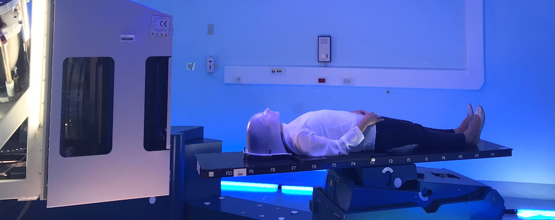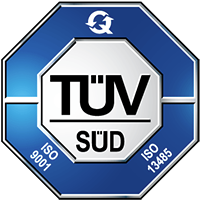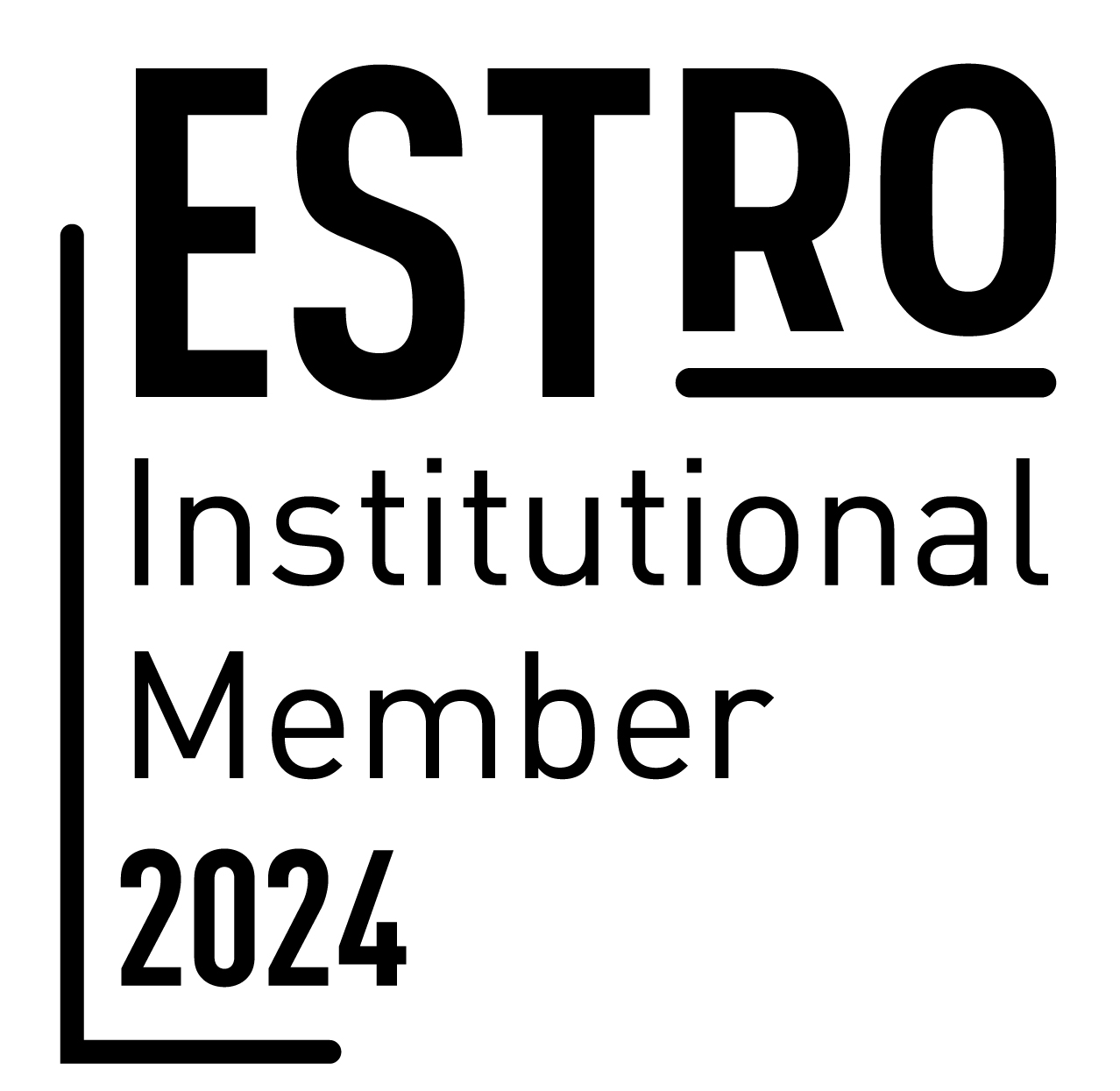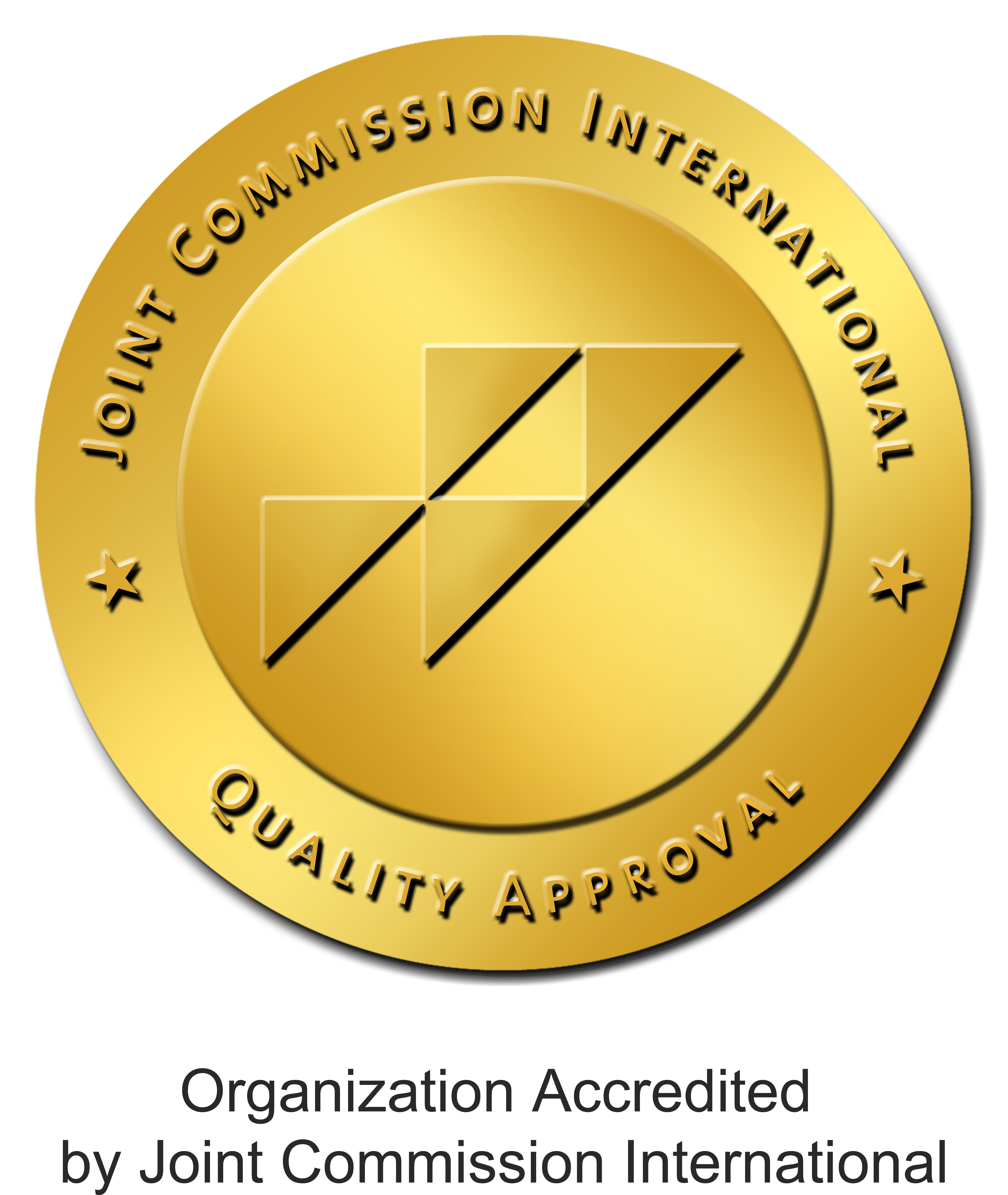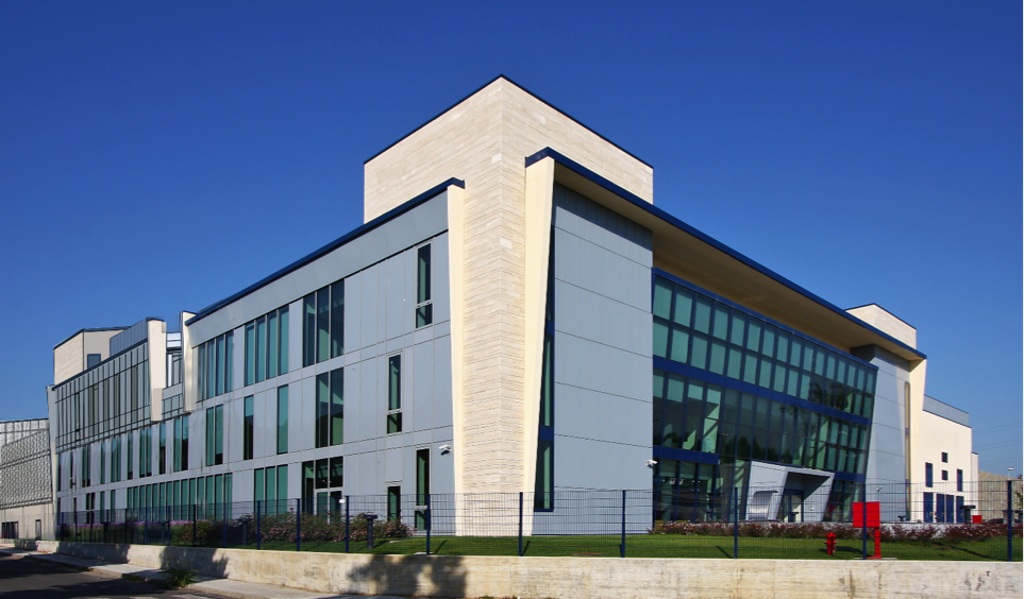
The history of CNAO
History
The history of CNAO
The history of the National Center of Oncological Hadrontherapy (CNAO in Italian) began when a report called "For a Centre of Teletherapy with Hadrons" signed by Ugo Amaldi and Giampiero Tosi was published in May 1991. Tosi was a well-known Italian medical physicist and the director of the Medical Physics Department of the Niguarda Hospital (Milan, Italy). Ugo Amaldi, a particle accelerator physicist, was a former member of the 'Istituto Superiore di Sanità', and at that time he was working at the Geneva-based CERN where he headed a collaboration project of about five hundred physicists to create and use one of the four main experiments with the LEP accelerator.
The 1991 Report called the attention of Nicola Cabibbo who was the President of INFN at that time. Therefore, in 1992 initial funding was obtained to study a new accelerator that could accelerate both protons and light ions to be used in the treatment of deep tumours. The study, which was funded by INFN, was called 'ATER'- short for the Italian 'AdroTERapia', the word coined by Amaldi for this new type of advanced radiation therapy.
In 1992, the TERA Foundation was created -its headquarters in Novara- to raise the funds and gather the staff needed to design the Centre. Eighteen years later, more than 170 physicists, engineers, computer scientists, and technicians were either employed or fellows at TERA.
Between 1992 and 2002 three full projects for the Centre were designed. They were based on synchrotrons featuring different characteristics and suitable to be made first in Novara (1993-1995) and then in Milan, near the Mirasole Abbey (1996 -1999). But due to a series of obstacles, these projects did not become realities.
In 1995, in order to promote hadrontherapy not only in Italy but also throughout Europe, Amaldi convinced the Board of CERN that it would be a great idea to design a European carbon ion/proton synchrotron, optimized for cancer therapy. This study was called the Proton Ion Medical Machine Study (PIMMS) and was completed in 2000. TERA planned a more compact version of the synchrotron called PIMMS/TERA which later evolved into the final CNAO version of the machine built in Pavia.
Umberto Veronesi, appointed Italian Minister of Public Health in May 2000, decided to fund the building of the proposed Centre, of which he was well acquainted since the end of 1992.
The CNAO Foundation was established in the spring of 2001. The newly appointed Italian Minister of Public Health, Girolamo Sirchia, created a Committee to analyse the project, and as soon as a positive opinion was issued in November of 2001, the Council was established. Erminio Borloni was appointed as the first CNAO President and he was in office until December 2018.

Erminio Borloni and how CNAO was created
Erminio Borloni introduced a managerial approach to creation of the Centre and, together with the founding organisations included in the Foundation by the Ministerial Decree, he succeeded in creating a network of national and international collaborators around the project that are still the backbone of the CNAO system. The President also recruited young, qualified and highly motivated personnel from TERA to work together with the organisations to construct the project. These personnel then became the core group for the next stage of the project: managing the CNAO.
The founding members of CNAO are:
- Ospedale Maggiore Policlinico Mangiagalli e Regina Elena (Milan)
- Policlinico San Matteo (Pavia) Istituto Nazionale dei Tumori (Milan)
- Istituto Neurologico Besta (Milan) Istituto Europeo di Oncologia (Milan)
- Fondazione TERA (Novara)
The founding members were joined by additional institutional partners: INFN (Italian Institute for Nuclear Physics), University of Pavia, University of Milan, Polytechnic University of Milan, the Municipality of Pavia, and last but not least, the Cariplo Foundation as a member. In 2014 the Italian Minister of Public Health also became part of the Board of;Trustees.
The period from 2002 to 2004 were mainly focused on building the management team, acquiring a solid foundation of financial contributions to the project, and finishing the designs and specifications of the facilities, installations, and the hi-tech equipment needed. With this organisational setup deployed in the field, the cornerstone laying ceremony was held on 5th March 2005 and the actual construction of the CNAO began in the summer of that same year.
From 2005 to 2009 all activities were focused on completing the work in the shortest time possible at the best value for money. More than 600 companies worked for CNAO, 500 of which were Italian.; The work required granting more than a thousand orders and contracts,; preparing 15 public tenders throughout Europe,; and obtaining over 80 authorisations in areas ranging from construction to safety, from radiation protection to facility operation.
The clinical trial stage
The ribbon-cutting ceremony held on 15th February 2010 marked the end of the construction stage, and the beginning of the second stage: the clinical trials. This will lead to the treatment of about one hundred patients selected from around 20 pathologies assessed as treatable with hadrontherapy. This stage, spanning from 2010 through 2015, will lead to the scientific validation of hadrontherapy and lay the foundations for next stage: that the Centre can be able to treat about 700 patients per year, expanding the clinical indications and conducting clinical radiobiological and technology research activities.
Building the Centre required a capital investment of 135millions of euros. The total cost of the 3 years of clinical trials required by the Italian Ministry of Public Health was 37.1millions of euros. All this led to the CE marking of the CNAO medical device and, in 2017;hadrontherapy was included in the Basic Benefit Package of the Italian National Health Service.
The CNAO project is a reality today thanks to an important network of national and international collaborations that permitted huge savings in implementation costs while training highly qualified experts. As a result, CNAO is a model centre to be followed, and many projects are received from around the world asking for collaboration agreements and for support in the building of similar centres.
The CNAO's Synchrotron
Treating tumours applying hadrontherapy requires a complex particle accelerator: an 80-metre, Ø25 ring connected to the CNAO treatment rooms.
The CNAO treatment process
From the request for evaluation to the follow-up. Here are all the stages of an Hadrontherapy treatment process at the CNAO Foundation.
What are the pathologies that can be treated?
Hadrontherapy is a form of radiotherapy to treat and cure tumours that are often inoperable or resistant to traditional radiotherapy treatments. Find out which ones can be treated.







